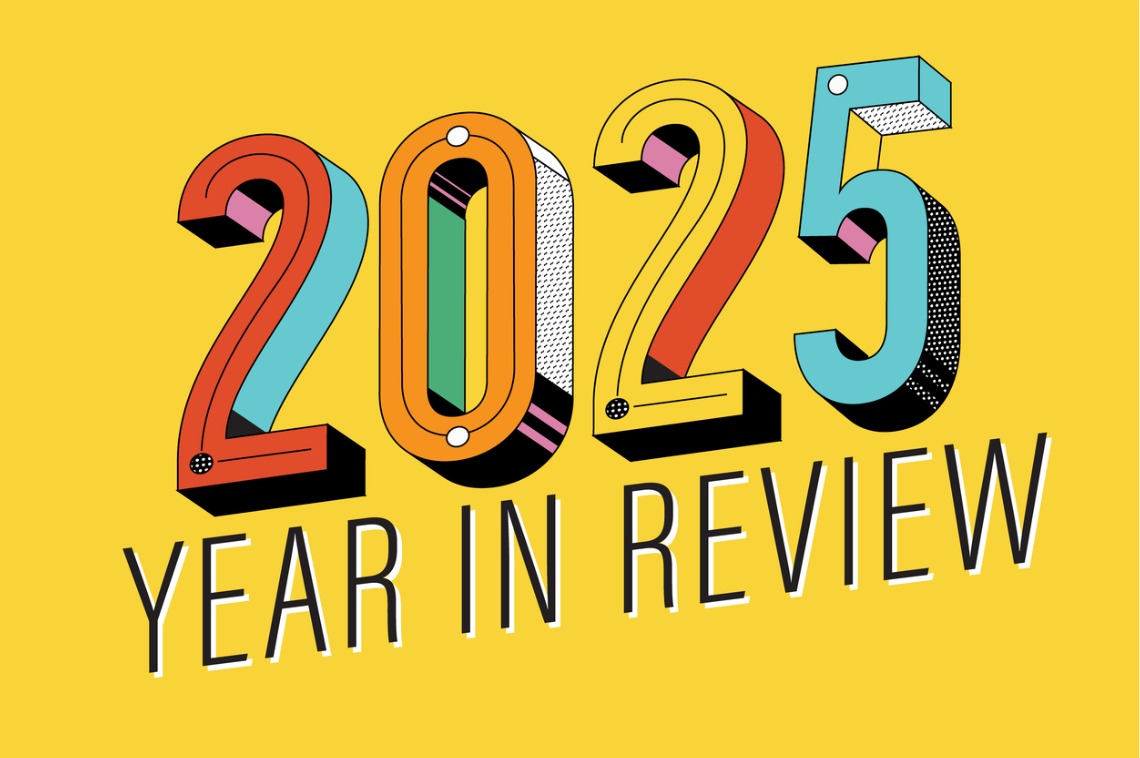F
lorida’s pandemic‑era housing boom is cooling into a buyer‑friendly market. Miami, Orlando, Jacksonville, and Tampa now sit in the “buyer’s zone,” a shift revealed by new Realtor.com® data.
For three years Florida was the seller’s playground. Out‑of‑state buyers flocked for sunshine, space, and lower prices than coastal giants, snapping up homes in days, often above asking, and driving inventory to record lows. The tide has turned. Population growth has slowed, inventory has risen, homes linger longer on the market, and sellers are more willing to cut prices or pull listings when offers fall short.
Nationally, housing supply hovers around five months, the balance point. Florida’s metros exceed that threshold: Miami leads with 9.7 months, Orlando 7.0, and Jacksonville and Tampa each at 6.3. Anything above six months signals a buyer’s market.
Florida’s share of active listings is striking. The state now has over 167,000 active homes—about 15% of all U.S. listings—despite representing only 6.7% of the national population. It tops the country in listings, with Texas second (≈140,000) and California third (≈77,000). The surge reflects how quickly the boom ended. In February 2023, Florida’s inventory jumped 143% YoY, surpassing Texas’s 109% and the national 67%. Listings rose from roughly 36,000 in early 2022 to more than 86,000 a year later, helping the market rebalance faster than most states.
Ground realities differ by city. Miami, long a luxury hub, now leads the nation in delistings—57 homes pulled for every 100 new listings. Inventory is up 24% YoY, and homes stay on market 16 days longer. Only 17% of listings show price cuts, but the sheer supply gives buyers leverage.
Orlando, once a pandemic‑era hotspot, now has 7 months of supply. Listings are up nearly 20% from last year, and homes take two weeks longer to sell. About a quarter of listings have price reductions, indicating sellers are more flexible.
Jacksonville, a fast‑growing metro, has 6.3 months of supply. Median listing prices slipped 2.6% to $399,000, and nearly 30% of homes have seen price cuts, showing sellers adjusting to the new dynamics.
Tampa, also at 6.3 months, sees listings up 16% YoY. Over a quarter of homes have price cuts, and high delisting rates suggest many sellers prefer to wait rather than lower prices further.
Despite the supply shift, Florida’s economy remains strong. Unemployment in Miami (3.1%), Orlando (3.6%), Jacksonville (3.8%), and Tampa (3.8%) is below the national average of 4.3%. Robust job markets and steady in‑migration sustain demand even as inventory normalizes. Buyers today benefit from tighter lending standards and healthier household finances, unlike the late‑2000s crash.
For prospective homeowners, the message is clear: Conditions now favor buyers. More listings mean more choices; longer market times mean less competition; and with up to a third of sellers cutting prices in some metros, buyers have greater negotiating power than in recent years. Florida’s transition from a seller’s paradise to a balanced market offers the best opportunity in years to secure a home in the Sunshine State.














